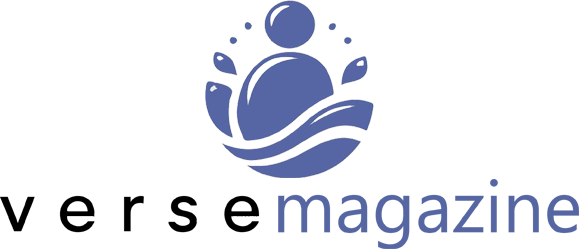Introduction to Capacity Models in Recruitment
Adapting to the fast-paced world of recruitment requires more than just filling open positions. Modern organizations must thoughtfully balance hiring demand with recruiter bandwidth to avoid overwhelming talent teams and to ensure high-quality hires. This is where capacity models are vital, offering structured guidance for optimal resource allocation and strategic workforce planning.
A capacity model goes beyond simple headcount numbers; it considers the complexities of different roles, the typical duration of hiring processes, and recruiter capacity for handling multiple tasks. Using an evidence-based approach, companies can streamline recruitment cycles and increase team efficiency, reducing costly delays and turnover.
With the competition for top talent intensifying, organizations must prioritize recruiter well-being and a consistently high standard for new hires. Capacity models empower talent acquisition leaders to allocate workloads fairly, avoid recruiter burnout, and maintain a focus on high-impact hiring activities.
Understanding Recruiter Capacity Models
A recruiter capacity model sets the benchmark for how many requisitions, interviews, and candidate interactions each recruiter can efficiently manage. Rather than relying on guesswork, these models use historical data, role complexity, and process metrics to estimate realistic recruiter workloads. As highlighted by Greenhouse, this approach not only boosts recruiter satisfaction but also safeguards the integrity and results of your hiring process.
Traditional methods might result in uneven workloads or cause critical bottlenecks. With data in hand, recruitment teams can forecast busy periods, anticipate potential challenges, and ensure that no recruiter is overburdened—directly contributing to better candidate experiences and smoother onboarding.
Key Components of an Effective Capacity Model
Role Complexity
Every open position has unique qualifications, experience, and search intensity requirements. Segmenting jobs by complexity—for example, high-volume entry-level roles versus specialized technical positions—allows teams to assess the effort needed for each hire accurately.
Hiring Process Duration
Understanding the average time to fill for each category of role guides more informed pipeline planning. Tracking these timelines gives insights into process efficiency and recruitment scalability, which are essential for proactive project management.
Recruiter Workload
Metrics such as requisitions per recruiter, interview volume, and candidate touchpoints provide tangible benchmarks for workload balancing. Regularly reviewing these numbers ensures quick identification of workflow bottlenecks or resource gaps, resulting in a more agile recruiting team.
Benefits of Implementing Capacity Models
- Enhanced Efficiency: Recruiters efficiently prioritize and address critical roles, reducing time-to-hire and improving resource allocation.
- Quality Hiring: Balanced workloads reduce the risk of overlooking qualified candidates, leading to more thoughtful, effective recruitment outcomes.
- Data-Driven Decision-Making: Leaders can justify requests for additional resources or investments based on transparent metrics rather than intuition alone.
- Scalability: As company hiring needs grow, capacity models enable organizations to scale recruitment operations without sacrificing performance.
Challenges in Capacity Planning
Implementing capacity planning isn’t free of hurdles. Failing to account for non-working days—such as holidays, sick leave, and vacations—can distort projections, put undue pressure on recruiters, and jeopardize hiring targets. Research highlights the necessity of building “buffer time” into models, ensuring teams aren’t set up for failure.
Other challenges include incomplete data, inaccurate forecasting, and unexpected surges in hiring demand. Ongoing monitoring and stakeholder management are essential for iterating and improving the model over time—a process that strengthens both short- and long-term talent acquisition outcomes.
Steps to Develop a Capacity Model
- Evaluate Current Capacity: Gather detailed historical hiring data, review recruiter workloads, and identify future demand patterns to build a baseline for planning.
- Explore Strategies: Analyze available approaches—lead (proactive resourcing ahead of demand), lag (resource adjustment in response to demand), or match (continuous balancing between supply and demand)—to determine which best aligns with company goals.
- Monitor and Iterate: Continually track model effectiveness, update datasets, and refine predictions to address evolving organizational needs and market changes.
Final Thoughts
As recruitment evolves, capacity models will remain indispensable to effective hiring strategies. Their adoption ensures organizations scale thoughtfully, nurture recruiter wellbeing, and achieve superior hiring outcomes in dynamic talent markets. By leveraging data-driven insights, companies can anticipate hiring demands more accurately and allocate resources where they matter most. This proactive approach enhances operational efficiency and builds resilience against shifting market conditions.







